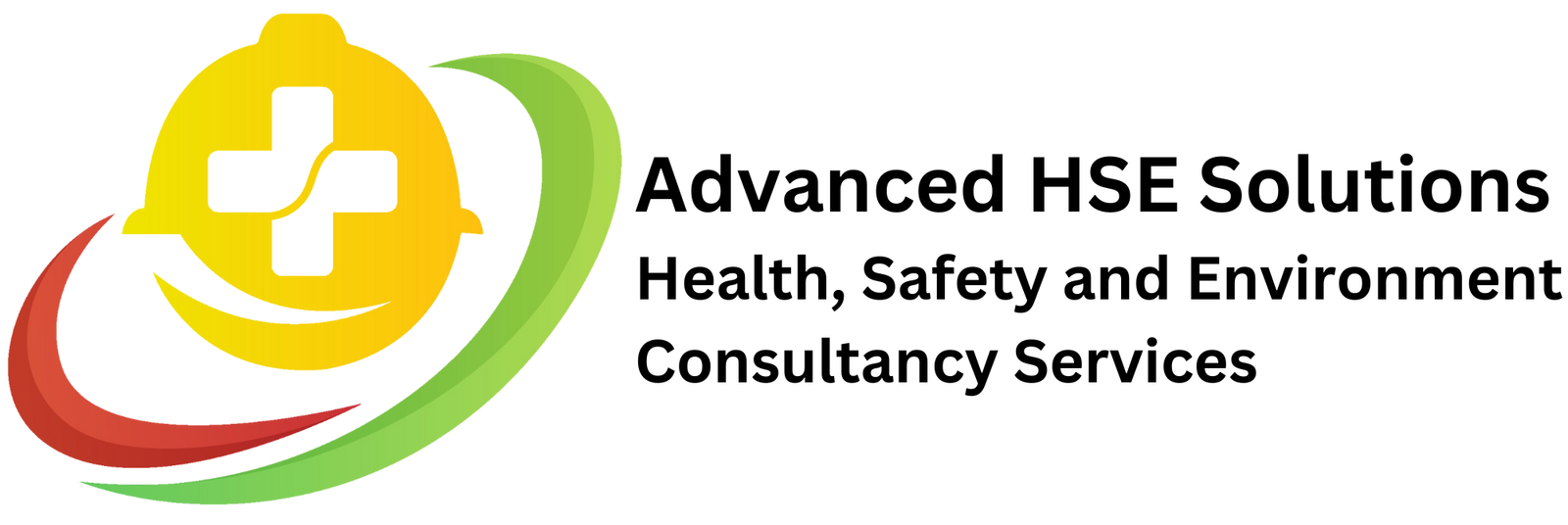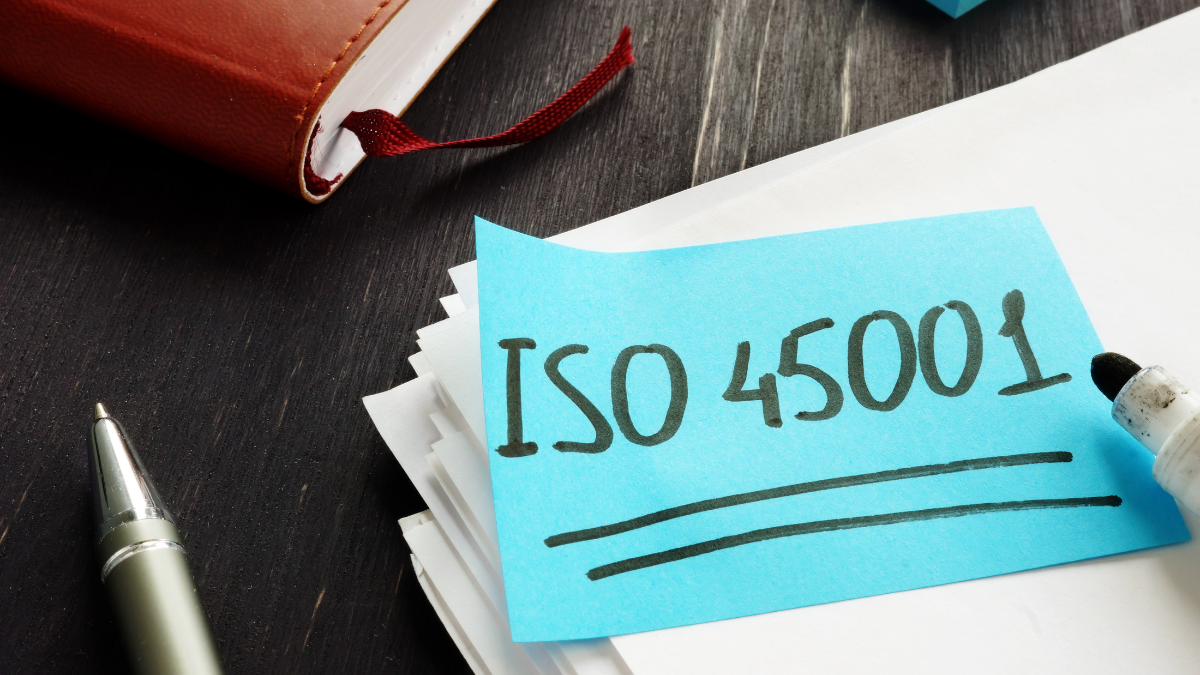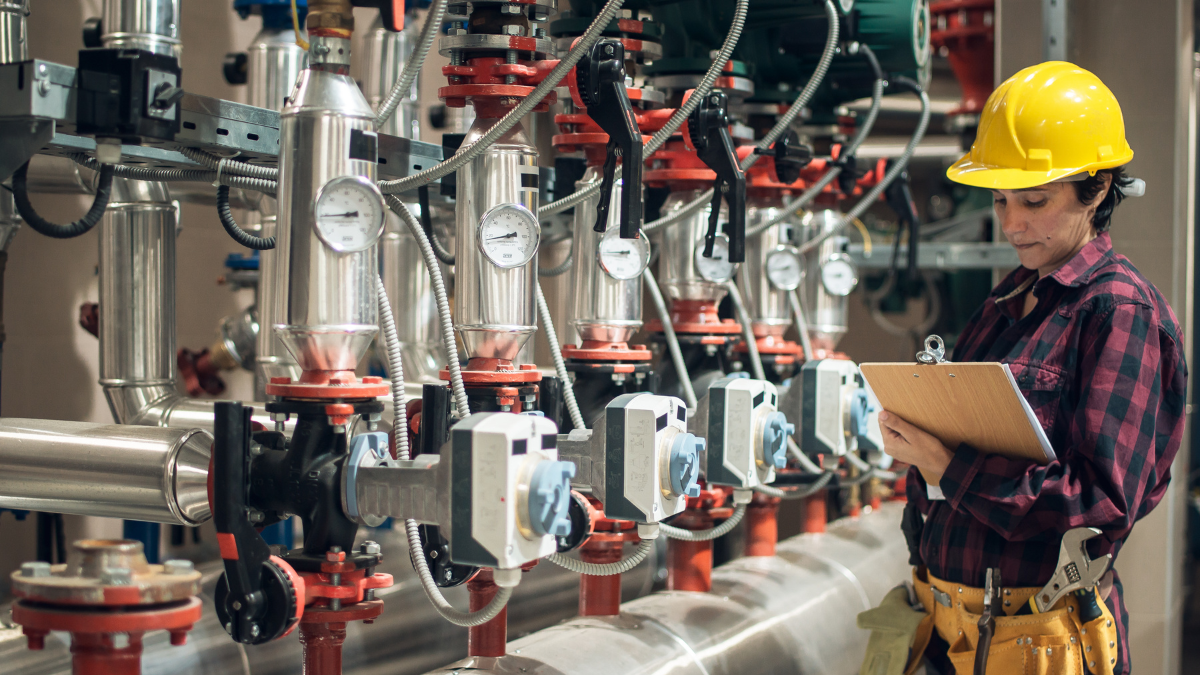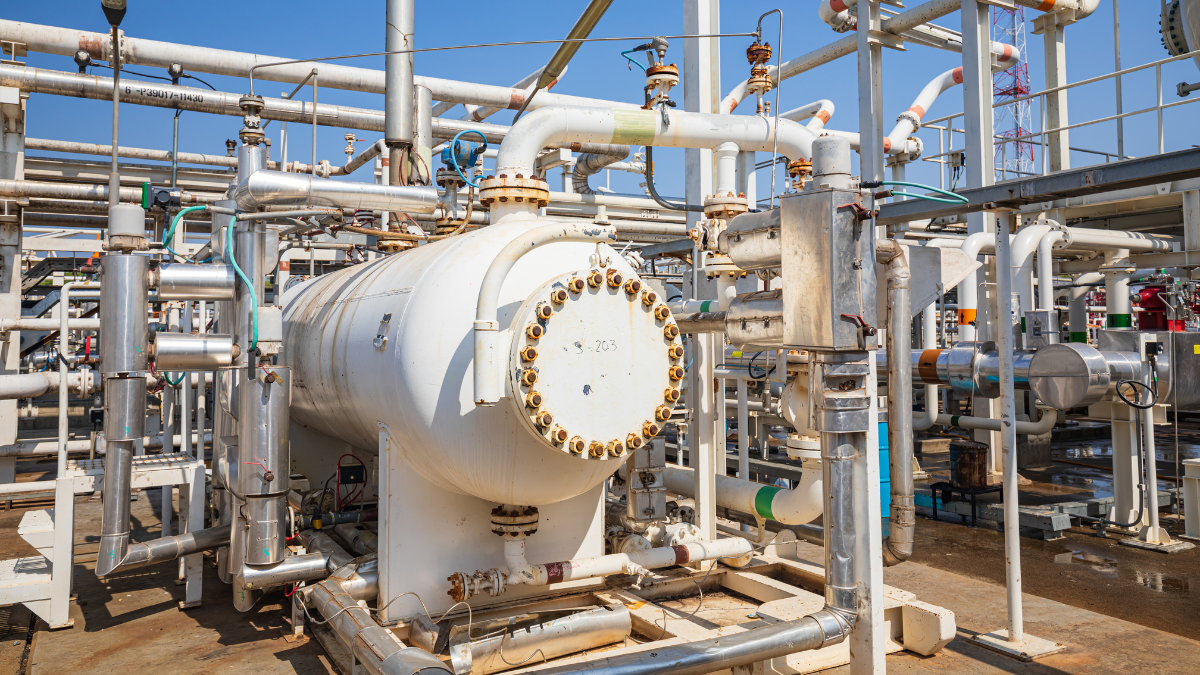Table of Contents
Key Takeaways:
- AI helps you detect safety risks faster, reduce incidents, and stay compliant with Malaysian laws like OSHA 2022.
- You don’t need to replace your safety team—AI supports their work with better data and real-time alerts.
- Start small by choosing one area to improve, like fatigue monitoring or hazard detection, and grow from there with expert support.
Employee productivity is the backbone of any successful organization. Understanding its intricacies and implementing effective strategies to improve employee productivity is crucial for sustained growth and a thriving work environment. This article delves into the core aspects of employee productivity, exploring its definition, significance, and the various factors that influence it. We will also look at practical strategies and tips to increase productivity and cultivate a positive work environment that fosters productive employees.
Understanding Employee Productivity
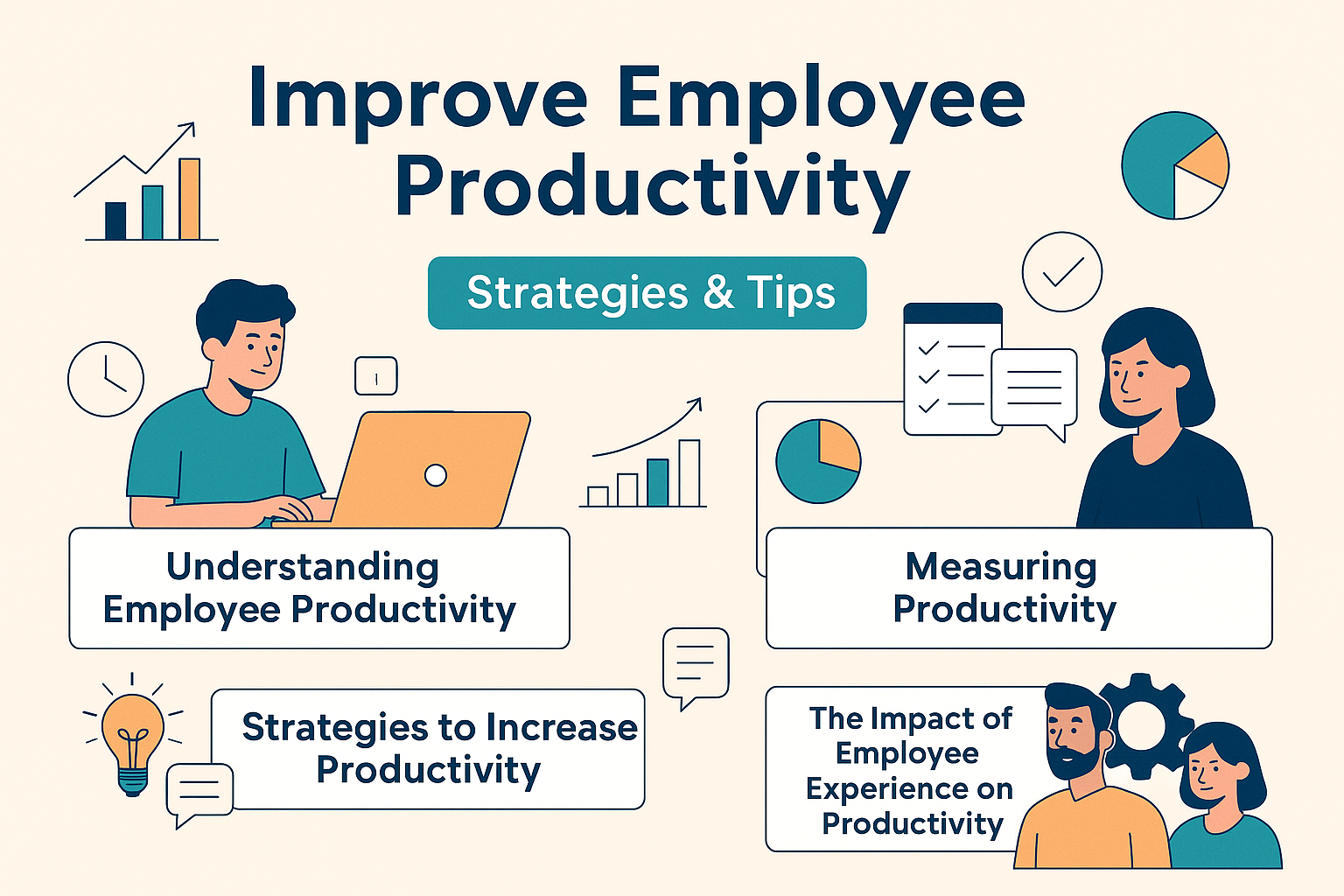
Definition of Employee Productivity
Employee productivity is a metric that reflects the efficiency with which a workforce converts inputs such as time, resources, and skills into valuable outputs like goods, services, or completed projects. It’s not merely about working hard, but about working smart and effectively. To measure employee productivity accurately, organizations need to consider both the quantity and quality of the output, ensuring that increased productivity doesn’t compromise standards. A productive employee consistently delivers high-quality work within defined timeframes, thereby maximizing their contribution to the company’s goals.
Importance of Employee Productivity in the Workplace
The importance of employee productivity in the workplace cannot be overstated; it directly impacts profitability, competitiveness, and overall success. High productivity levels translate to increased output, reduced costs, and enhanced customer satisfaction. Organizations with a productive workforce are better positioned to achieve their strategic objectives and maintain a competitive edge in the market. Moreover, improved productivity leads to a better company culture, higher employee morale and employee retention, as employees feel valued and accomplished, contributing to a positive work environment and a more engaged workforce.
Factors Influencing Employee Productivity
Several factors can significantly impact employee productivity, both positively and negatively. These factors range from the physical work environment to employee engagement and morale. A positive work environment, characterized by comfortable workstations, adequate lighting, and proper ventilation, can substantially boost productivity. Important components to achieve this include:
- Access to the right tools and technology.
- Effective employee training.
Furthermore, an employee’s productivity is heavily influenced by their level of motivation, job satisfaction, and overall well-being. Clear communication, effective leadership, and opportunities for growth contribute to boosting employee morale and employee productivity. Conversely, factors such as stress, burnout, poor management, and a lack of resources can lead to decreased productivity.
Strategies to Increase Employee Productivity

Health and Safety Practices
Prioritizing health and safety practices is a fundamental strategy to improve employee productivity. A safe and healthy workplace minimizes accidents and illnesses, reducing absenteeism and downtime, which directly impacts productivity levels. When employees feel secure and cared for, they are more likely to be engaged and focused on their tasks. Implementing ergonomic workstations, providing regular safety training for employees, and promoting a culture of well-being are crucial steps. For instance, Malaysian companies that adhere to stringent safety regulations often report higher overall productivity due to a healthier and more motivated workforce.
Workplace Environment Enhancements
Enhancing the workplace environment is another effective way to increase employee productivity. This involves creating a positive work environment that fosters comfort, collaboration, and focus. Organizations can improve productivity by optimizing lighting, temperature, and air quality. Providing comfortable and ergonomic furniture can also significantly improve employees’ productivity. Additionally, incorporating elements like plants, artwork, and relaxation areas can boost employee morale and decrease stress, ultimately leading to a more productive workforce. A well-designed workplace contributes to a better employee experience, which translates to higher productivity metrics and better team productivity.
Employee Engagement and Motivation Techniques
Boosting employee engagement and motivation is paramount for driving up employee productivity. Engaged employees are more invested in their work and more likely to go the extra mile to achieve company goals. Implementing strategies can significantly boost employee morale. Some of these strategies include:
- Regular feedback
- Recognition programs
- Opportunities for professional development
Furthermore, creating a sense of purpose and connection to the company’s mission can inspire employees and improve productivity. Recognizing and rewarding achievements, as well as fostering a supportive company culture, also improves employee retention and contributes to a highly productive work environment. Active listening to employee feedback is a way to improve employee engagement.
Measuring Employee Productivity

Key Metrics for Measuring Productivity
To effectively improve employee productivity, it’s crucial to establish key metrics for measurement. These metrics provide a tangible way to assess performance and identify areas for improvement. Common metrics include output per hour, project completion rates, and sales revenue per employee. Organizations should also consider quality metrics, such as customer satisfaction scores and error rates, to ensure that increased productivity doesn’t compromise standards. By tracking these metrics, companies can gain valuable insights into workforce productivity and make data-driven decisions to improve employee productivity. Regular monitoring of these key metrics is essential for sustained productivity improvement and to track overall productivity.
Tools and Techniques for Measurement
Several tools and techniques can be employed to measure employee productivity accurately. These range from simple time tracking software to more sophisticated performance management systems. Time tracking tools can help monitor how employees spend their time, identifying potential time-wasting activities. Performance management systems provide a holistic view of employee performance, incorporating goals, feedback, and performance reviews. Additionally, techniques such as workflow analysis and process mapping can help identify bottlenecks and inefficiencies in workflows. By using these tools and techniques, organizations can gather comprehensive data to measure productivity and pinpoint areas to boost employee productivity.
Analyzing Productivity Data for Improvement
Analyzing productivity data is essential for identifying trends, patterns, and areas for improvement. By examining the data collected through various measurement tools, organizations can gain insights into the factors influencing employee productivity. This analysis might reveal that certain teams are consistently more productive than others, or that specific processes are hindering performance. By identifying these issues, companies can implement targeted interventions to improve productivity. For instance, employee training can be provided to address skill gaps, or workflows can be redesigned to eliminate bottlenecks. Analyzing productivity data ensures that efforts to improve employee productivity are data-driven and effective, thereby boosting productivity and improving employee engagement.
The Impact of Employee Experience on Productivity

Creating a Positive Workplace Culture
Creating a positive work environment is paramount for improving employee productivity. A positive work environment fosters employee engagement, boosts employee morale, and enhances overall productivity. This involves promoting open communication, collaboration, and mutual respect among team members. Organizations can also foster a positive workplace culture by recognizing and rewarding employee achievements, providing opportunities for professional growth, and promoting work-life balance. A company culture that values its employees creates a sense of belonging and purpose, motivating employees to perform at their best and improve productivity. Also, a positive work environment decreases decreased productivity.
Feedback Mechanisms and Their Influence
Feedback mechanisms play a crucial role in shaping employee experience and its impact on productivity. Regular and constructive feedback helps employees understand their strengths and weaknesses, enabling them to improve their performance. Organizations should implement various feedback mechanisms, such as performance reviews, 360-degree feedback, and regular check-ins with managers. These mechanisms should focus on providing specific, actionable feedback that helps employees develop their skills and improve employee productivity. Furthermore, creating a culture of open feedback, where employees feel comfortable sharing their ideas and concerns, can foster innovation and enhance workplace productivity and employee retention.
Training and Development Opportunities
Providing ample training and development opportunities is a key strategy to improve employee productivity. Investing in employee training equips employees with the necessary skills and knowledge to perform their jobs effectively. Training programs should be designed to address skill gaps, enhance existing competencies, and prepare employees for future challenges. Furthermore, offering opportunities for professional development, such as conferences, workshops, and mentorship programs, can boost employee morale and increase productivity. By investing in employee training, organizations demonstrate their commitment to employee growth, fostering a culture of continuous learning and improving employee engagement, thereby boosting employee productivity.
Real-World Examples of Productivity Improvement
Case Studies from Malaysian Businesses
Examining case studies from Malaysian businesses provides tangible insights into strategies that improve employee productivity. Companies that have successfully implemented workplace enhancements, such as ergonomic workstations and improved lighting, often report significant gains in productivity levels. For instance, a local manufacturing firm that invested in employee training and updated its machinery saw a notable increase in output per employee. These real-world examples demonstrate that targeted interventions, focusing on both the physical work environment and workforce skills, can substantially boost employee productivity. Analyzing these cases allows other businesses to adopt similar approaches to increase productivity.
Statistical Evidence Supporting Productivity Strategies
Statistical evidence provides a compelling basis for understanding the effectiveness of different productivity strategies. Studies consistently show a strong correlation between employee engagement and productivity metrics. For instance, organizations with high employee engagement scores typically experience higher productivity levels and lower employee turnover rates. Similarly, data reveals that companies investing in employee training often see a significant return on investment in terms of improved productivity and reduced errors. Gathering and analyzing such statistical evidence helps businesses make informed decisions about which productivity strategies are most likely to yield positive results and boost productivity.
Lessons Learned and Best Practices
Several key lessons emerge from successful productivity improvement initiatives. To achieve sustained productivity improvement and foster a productive work environment, best practices often include:
- Creating a positive work environment that values employee contributions.
- Promoting work-life balance.
- Utilizing data-driven insights to measure productivity and make informed decisions.
Incorporating these elements, along with holistic approaches, regular feedback, and continuous training, is essential for long-term success.
Future Trends in Employee Productivity

Technology’s Role in Enhancing Productivity
Technology is poised to play an increasingly pivotal role in enhancing employee productivity in the years to come. Automation, artificial intelligence, and data analytics offer unprecedented opportunities to streamline workflows, reduce errors, and improve decision-making. For instance, AI-powered tools can automate repetitive tasks, freeing up employees to focus on more strategic and creative work. Data analytics can provide valuable insights into employee performance, enabling managers to identify areas for improvement and implement targeted interventions to boost employee productivity. Embracing these technological advancements is essential for organizations seeking to maintain a competitive edge and foster a highly productive workforce. Thus, technology plays a huge impact on productivity.
Remote Work and Flexibility Impact
The rise of remote work and flexible work arrangements is reshaping the landscape of employee productivity. While remote work offers numerous benefits, such as increased autonomy and reduced commuting time, it also presents challenges in terms of maintaining employee engagement and ensuring effective communication. Organizations must adapt their strategies to address these challenges, implementing tools and policies that support remote collaboration, foster a sense of connection, and maintain productivity levels. Flexible work arrangements can also improve employee morale and boost productivity by allowing employees to better manage their work-life balance. These types of employee engagement improve employee retention in the long run.
Anticipating Changes in Workplace Dynamics
Anticipating future changes in workplace dynamics is crucial for organizations seeking to improve employee productivity in the long term. As the workforce becomes more diverse and technology continues to evolve, companies must adapt their strategies to meet the changing needs and expectations of their employees. This involves fostering a culture of inclusivity, promoting continuous learning, and embracing new technologies that enhance collaboration and communication. Furthermore, organizations must be prepared to address emerging challenges, such as the increasing prevalence of burnout and the need for greater work-life balance. By proactively anticipating and responding to these changes, companies can create a work environment that fosters high levels of employee engagement, innovation, and productivity.
Frequently Asked Questions
What are the most effective ways to improve employee productivity?
A: The most effective ways to improve employee productivity include fostering a positive work environment, investing in employee training and development, ensuring health and safety at the workplace, and boosting employee engagement through recognition and regular feedback. Organizations should also use data-driven productivity metrics and modern tools to identify bottlenecks and optimize performance.
How does workplace safety affect employee productivity?
A: Workplace safety significantly impacts employee productivity by reducing accidents, absenteeism, and downtime. When employees feel safe and secure, they’re more likely to stay focused, motivated, and engaged in their tasks. A safe work environment also improves morale and fosters a culture of trust, leading to better performance and retention rates.
What are the key metrics used to measure employee productivity?
A: Key metrics to measure employee productivity include output per hour, project completion rates, sales revenue per employee, error rates, and customer satisfaction scores. Time tracking tools, performance management systems, and workflow analysis can provide deeper insights to help organizations monitor and improve overall productivity levels.
Not sure where to begin?
Our team can guide you step-by-step. Contact Advance HSE Solution today to schedule a consultation or inspection service.
